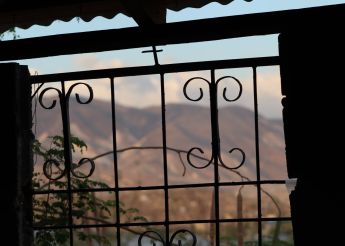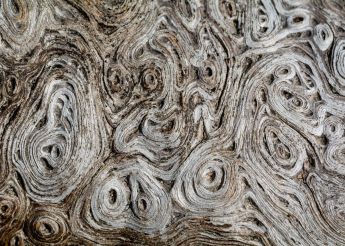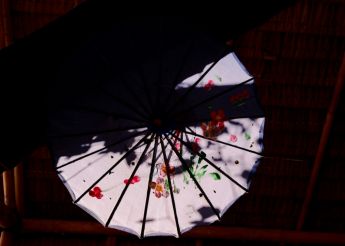Samuel Tracol. Jean Genet was placed in foster care by social services as a child. He ran away and was arrested for vagrancy, eventually ending up at the Mettray penal colony. The children there were subjected to forced labour until they reached adulthood, with the belief that outdoor work and strict discipline would rehabilitate them. Between 1926 and 1944, he was imprisoned in 14 different prisons, spending a total of about six years behind bars. During this time, he also wandered across Europe, experiencing various prison systems, including those in Nazi Germany and Czechoslovakia. In 1943, he was sentenced to “perpetual relegation”, or life imprisonment with hard labour for repeat offenders. Until 1938, those sentenced to perpetual relegation were sent to the penal colony in French Guiana. Imprisoned in mainland France, Jean Genet expressed in the opening pages of The Thief’s Journal his regret at not being sent to the French Guiana penal colony, which he saw as a defining moment in his criminal career. He was released in 1944 through the intervention of his friend Jean Cocteau. This was his final conviction.
Jean Genet writes about prison and his experiences of imprisonment in his “prison trilogy,” which includes Our Lady of the Flowers (1943), Miracle of the Rose (1946), and The Thief’s Journal (1949). The first two were, in fact, written while he was in prison. The prison walls are thus deeply woven into both Genet’s life and his work. They become a space for literary, poetic, and political expression, where he condemns the juvenile penal colonies and describes the torture that his imprisonment at Mettray represented.
Glória Alhinho: The walls and the Mettray penal colony hold a crucial place in Jean Genet’s personal and literary landscape, as it was within the prison walls that he began his writing journey. The walls represent an intimate, erotic place of self-discovery for him as both a person and a writer. For Genet, they are an organic space, embracing the children who meet and find themselves at Mettray, and who would later encounter each other again in other prisons. These walls bear the imprints of their despair, boredom, loves, and friendships. He even wrote a screenplay titled “The Language of the Walls,” about the history of the Mettray colony, although he never published it. Genet’s work also reveals a metaphorical world of flowers, which can also be linked to the walls. Patti Smith deeply understands this relationship, as she describes in her preface for the 2018 English edition of The Thief’s Journal. She reflects on the metaphor of imprisoned children transforming into flowers in a future book of life, thus paying homage to Genet’s imaginative world and his connection with walls and flowers.
ST. The walls can indeed be tied to the metaphor of flowers, as at Mettray, the prison walls are actually vegetal spaces; it is an open penitentiary environment without enclosing walls. In his short film “Un Chant d’Amour” (1975), the prison wall takes on a very explicit erotic dimension. Jean Genet also mentions in Miracle of the Rose the sacred wall of the central house of Fontevraud, an old abbey where he was never imprisoned. He also recounts the icy wall of the cell where he spent a night in Nazi Germany, which he describes as a form of torture. Thus, the prison wall is a recurring element in Jean Genet’s work. It is depicted in a sensual manner, through literary metaphors, representing vestiges of existence, relics, and even taking on a sacred dimension.





